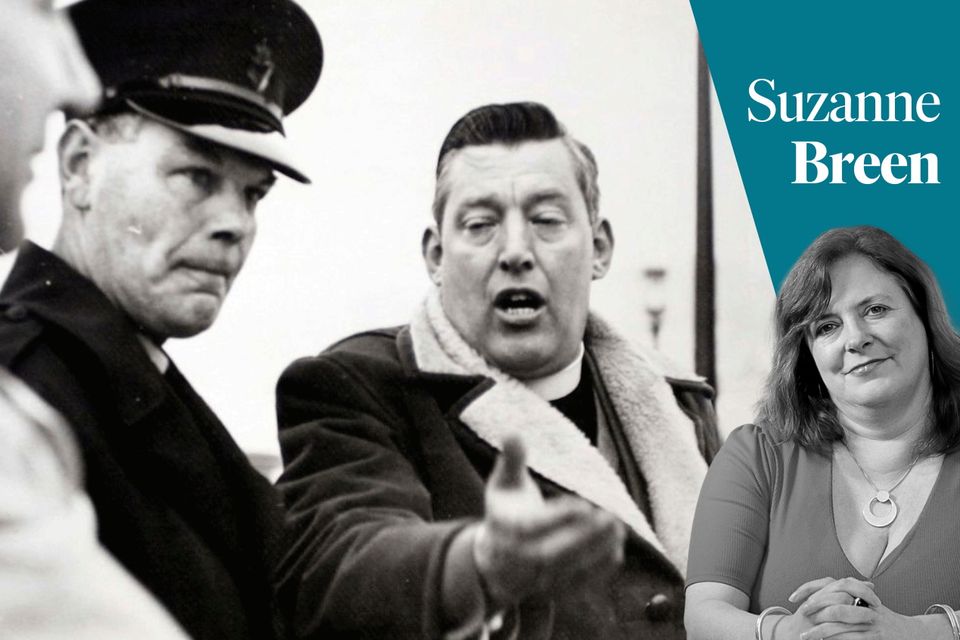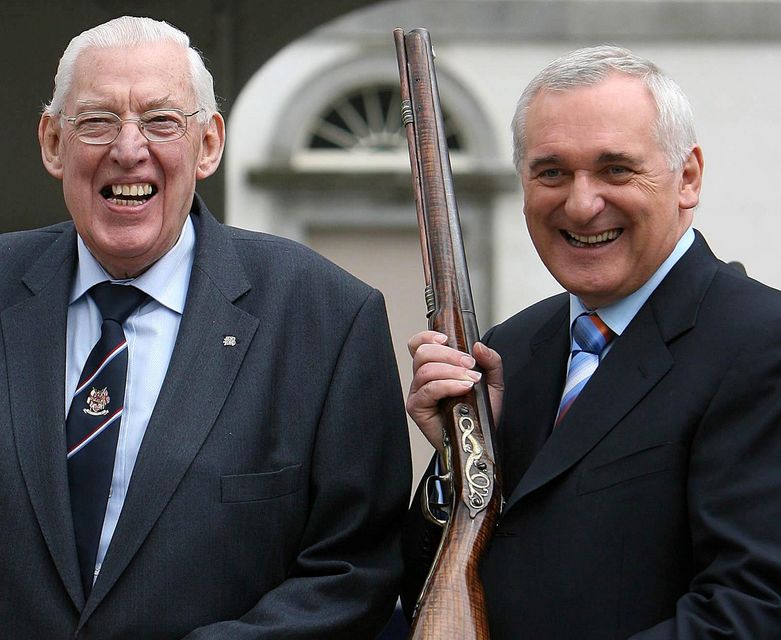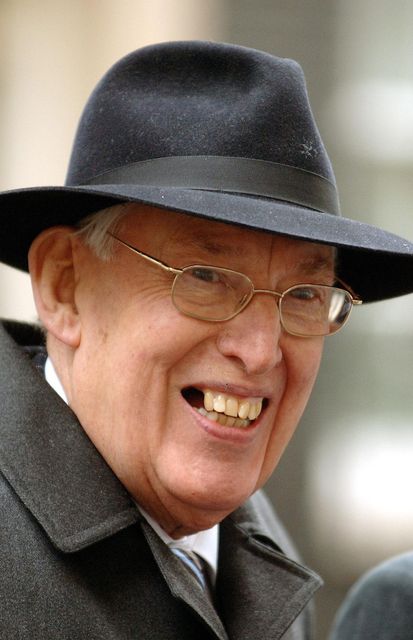The Face of Northern Ireland, and perhaps its future, is much changed
Posted by Jim on January 14, 2025
Sixty shifting years: From Paisley’s snowballs at the taoiseach to NI’s political thaw… but what next?
The Face of Northern Ireland, and perhaps its future, is much changed

Suzanne Breen
Yesterday at 01:49
A Sinn Fein First Minister at Stormont. Catholics outnumbering Protestants in a state specifically created with the intention of keeping them as a minority.
The Republic thriving economically while we lag behind. Sixty years ago, it appeared that there wasn’t a snowball’s chance in hell of any of this becoming a reality in Northern Ireland.
January 14, 1965, is a date noted in the history books. Prime Minister Terence O’Neill met Taoiseach Seán Lemass at Stormont Castle, but the reception from many was far from welcoming.
O’Neill told his cabinet of the visit only the night before because he knew there’d be opposition.
The Rev Ian Paisley led 1,000 loyalists to Stormont to protest against the first ever official visit to Northern Ireland by a taoiseach.
“No Mass and No Lemass” declared the placards which also bemoaned “an IRA murderer welcomed at Stormont”.

An urban myth has developed that Paisley threw snowballs at the taoiseach. He didn’t, but he put a huge political target on O’Neill’s back. “A traitor and a bridge are very much alike for they both go over to the other side,” he said.
In 1967, he did pelt the next Stormont visiting taoiseach, Jack Lynch, with snowballs. But 40 years after that, there were warm words and actions from Paisley for another taoiseach.
A smiling DUP leader shook hands with Bertie Ahern in Dublin, and even slapped him affectionately on the right shoulder at Farmleigh House.
“We both look forward to visiting the battle site at the Boyne, but not to refight it. I don’t want Mr Ahern to have home advantage,” Paisley joked.
His party was now the biggest in Northern Ireland, and he was First Minister in waiting.
“Today, we can confidently state that we are making progress to ensure that our two countries can develop and grow side by side in a spirit of generous co-operation,” he proclaimed in 2007.
Paisley went on to meet Irish president Mary McAleese. Later asked by journalist Eamonn Mallie if he had “taken the soup”, he replied: “Well it could be but, if the soup was good, why not take it as a Ballymena man if you’re getting it for nothing?”
The man who had denounced every moderate unionist leader, who had engaged in strikes and stunts which destroyed all previous compromises, went on to enjoy a stronger relationship with his “deputy” Martin McGuinness than he did with most of his own party colleagues.
The DUP didn’t even exist on January 14 1965: it was founded six years later. Nobody ever envisaged that a political party set up by Ian Paisley would end up sharing power with republicans.

The demographics of this state were very different back then. The census in the year the DUP was born showed the Catholic population at just 31%. Northern Ireland is now 46% Catholic and 43% Protestant, according to the 2021 census.
In the 1965 Stormont general election, the Ulster Unionist Party won almost 60% of the vote with nationalists and republicans securing 16%. The UUP held almost 70% of the seats.
In the current Assembly, unionists have just two seats more than nationalists, but Sinn Fein is the largest party by a significant margin with Michelle O’Neill becoming the first nationalist First Minister last year.
Sinn Fein is now as dominant in nationalism as the UUP once was in unionism. The DUP has eclipsed its rival although the unionist vote is deeply fragmented.
Today, unionist opposition to the status quo comes from Jim Allister. He’ s a very different character to the firebrand preacher who protested against Lemass’s visit.
Allister is much more intellectual and consistent, although less charismatic, than Paisley. His big disadvantage is that he lacks the lieutenants that the DUP founder had around him for decades.
Age isn’t on the TUV leader’s side in terms of shaping politics long-term. Paisley was 39 when he lambasted O’Neill’s “treachery”, whereas Allister is 71. He secured a spectacular victory when he unseated another Paisley in last year’s Westminster election.
Yet despite the TUV’s recent electoral success, it’s hard to see it becoming the dominant force in unionism as the DUP did. Were Allister 20 years younger, the chances would be enhanced.

Nowadays, taoisigh visit Northern Ireland without protests. Leo Varadkar was the least popular of recent holders of the office with unionists, but there still wasn’t a snowball — or the political equivalent — in sight during his numerous trips here.
A border poll, never mind Irish unity, isn’t on the landscape in the near future. Yet life here is unrecognisable now compared to 60 years ago.
It’s not just the change in the balance of power between unionism and nationalism, it’s the social and economic developments across this island. O’Neill worked hard to drive Northern Ireland’s economy forward. International companies including Michelin, DuPont, Goodyear, ICI and Grundig built factories here.
A major modernisation programme was also under way at the shipyard. It had experienced problems as aeroplanes replaced ocean liners, but Harland & Wolff still employed thousands of people.
A large construction graving dock was built which was later serviced by the iconic Samson and Goliath cranes.
Today, the shipyard survives but is a shadow of its former self. It was saved in December by a deal with Spain’s state-owned shipbuilder.
Decades ago, industrial Northern Ireland was much wealthier than the poor agricultural South. Today, the roles are reversed.
The Republic is miles ahead of us economically. Its GDP per capita is significantly higher than ours, its economic activity is 25% greater, household disposable income is larger.
Housing costs are higher across the border, although the Republic has better pensions and benefits, and lower inequality rates. Its health service, while far from perfect, is much better than ours with considerably shorter hospital waiting lists.
When a border poll eventually is called, the Republic’s stronger performance in so many areas will play a key role in the argument for Irish unity. Terence O’Neill, Sean Lemass nor Ian Paisley never imagined that 60 years ago.